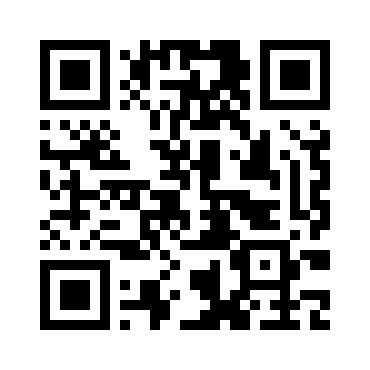Pham Van Dong beach is clean and beloved by many locals
Pham Van Dong Beach lies directly at the end of Pham Van Dong Street, just across the Han River via the Dragon Bridge. It’s a 5-minute drive from the city center and walkable from hotels in the My Khe area.
13. Tips For First-Timers When Visiting Danang Vietnam Beaches
With more than a dozen distinct beaches, Da Nang offers travelers the rare chance to experience both tropical serenity and cultural depth — all within a 30-minute drive. Whether you're here for a weekend or a full coastal escape, a little planning goes a long way in making the most of your time.
Here are a few things to keep in mind when exploring Da Nang Vietnam beaches:
- Best time to visit: March to August is ideal for clear skies, calm seas, and warm temperatures. Avoid October to December due to heavy rain and strong currents.
- Swimming safety: Always check for red or yellow flags and swim only in areas with lifeguards, especially at My Khe, Bac My An, and Pham Van Dong.
- Getting around: Rent a motorbike if you're confident riding in Vietnam, or use Grab for convenience. Most beaches are accessible by car or scooter, but remote spots like Black Rock or Tien Sa may require hiking or private transport.
- Facilities vary: Main beaches like My Khe and Non Nuoc have restrooms, showers, and rentals. Hidden beaches like Nam O or Man Thai may have no amenities at all — come prepared.
- Local etiquette: Early morning is the most active time for locals. Dress modestly when walking near villages or fishing communities like Man Thai or Nam O.
- What to bring: Sunscreen, reusable water bottle, hat, towel, and water shoes if visiting rocky areas. A dry bag is useful for boat or snorkeling trips.
- Combine with other attractions: Pair beach visits with nearby sites like Marble Mountains, Linh Ung Pagoda, or Han Market for a full cultural itinerary.
With its seamless blend of golden coastlines, cultural landmarks, and laid-back atmosphere, Da Nang stands out as one of Vietnam’s most rewarding beach destinations. Whether you're here to relax under palm trees, explore coral reefs, or connect with the rhythm of local fishing villages, the diversity of Da Nang Vietnam beaches offers more than just a sun-and-sand escape — it delivers a truly layered travel experience.
To explore the city of beautiful beaches - Da Nang, book your Flight to Danang City with Vietnam Airlines today! For more details on flights, baggage policies, and travel itineraries, contact Vietnam Airlines via their hotline at 1900 1100, or through Fanpage or Zalo for expert advice.






























